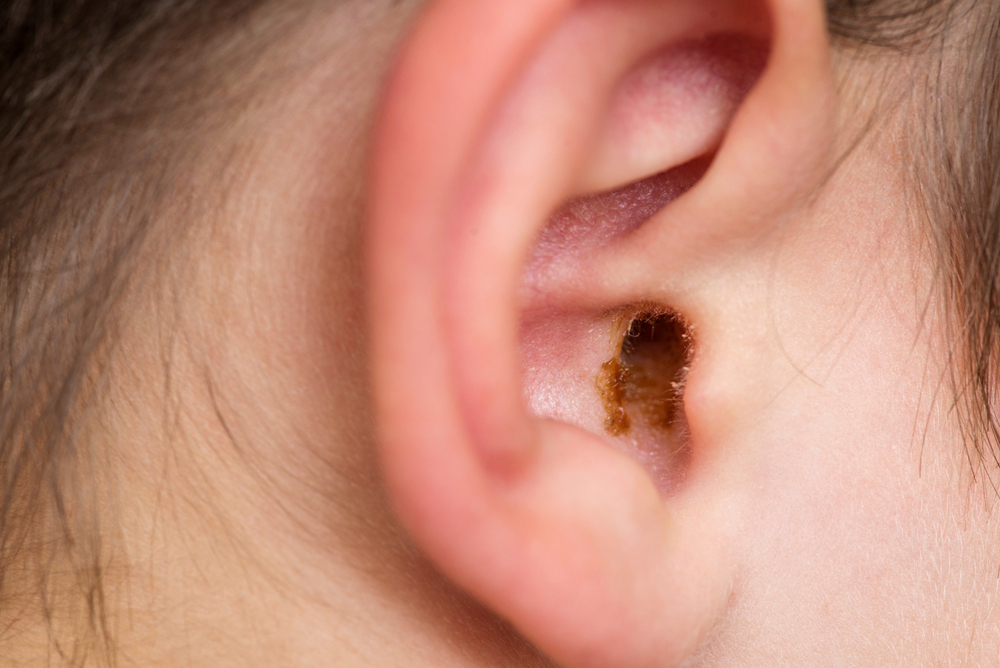
Chances are, earwax and its accumulation haven’t been subjects of significant contemplation for you, except perhaps during ear hygiene sessions. Nonetheless, understanding what causes earwax, how it forms, and its purpose is crucial.
So why does earwax build-up?
Earwax, scientifically called cerumen, is a thick combination of debris, hair, skin particles, sweat, and ceruminous gland secretions. This earwax presents with a waxy consistency and can exhibit shades of orange, yellow, gray, or brown.
In most situations, children tend to produce more earwax than adults. Furthermore, adult earwax tends to be darker and harder compared to that of children.
Earwax passes the outer ear canal leisurely, eventually reaching the ear opening, where it either self-expels or gets washed away when you bathe.
Why do we need earwax?
Earwax serves several essential functions, such as:
- Fending off potential infections that might occur within the ear canal.
- Acting as a protective barrier against external irritants including dirt, dust, and other foreign particles before they infiltrate deeper into the ear.
- Protecting and moisturizing the skin lining the ear canal, thus preventing dryness and itchiness.
Obstructions caused by earwax
Usually, there’s no imperative need to remove earwax from your ears unless it becomes impacted, a common problem linked to earwax. Impacted earwax can be the result of narrow or unusually shaped ear canals hindering the normal movement of earwax toward the ear’s opening.
Improper ear hygiene methods, like using cotton swabs or bobby pins, can unintentionally push wax deeper into the ear canal.
People grappling with hearing loss who make use of earplugs or hearing aids are also predisposed to experiencing ear canal blockages.
How too much earwax can impact hearing
The occurrence of earwax blockages may yield mild discomfort and impact auditory health.
Ringing in the ears, or tinnitus, may also occur.
Acoustic trauma may lead to long-term hearing loss, perforated eardrums, and long-term hearing loss if earwax obstructions go ignored.
How do you deal with impacted wax?
It’s crucial that you contact us as soon as you can if you think your ears may be blocked by earwax. Depending on the extent of the obstruction, you might be advised to utilize over-the-counter wax softening drops or a bulb syringe for gentle irrigation to alleviate the condition.
Call us right away if you need some help with an earwax obstruction.
